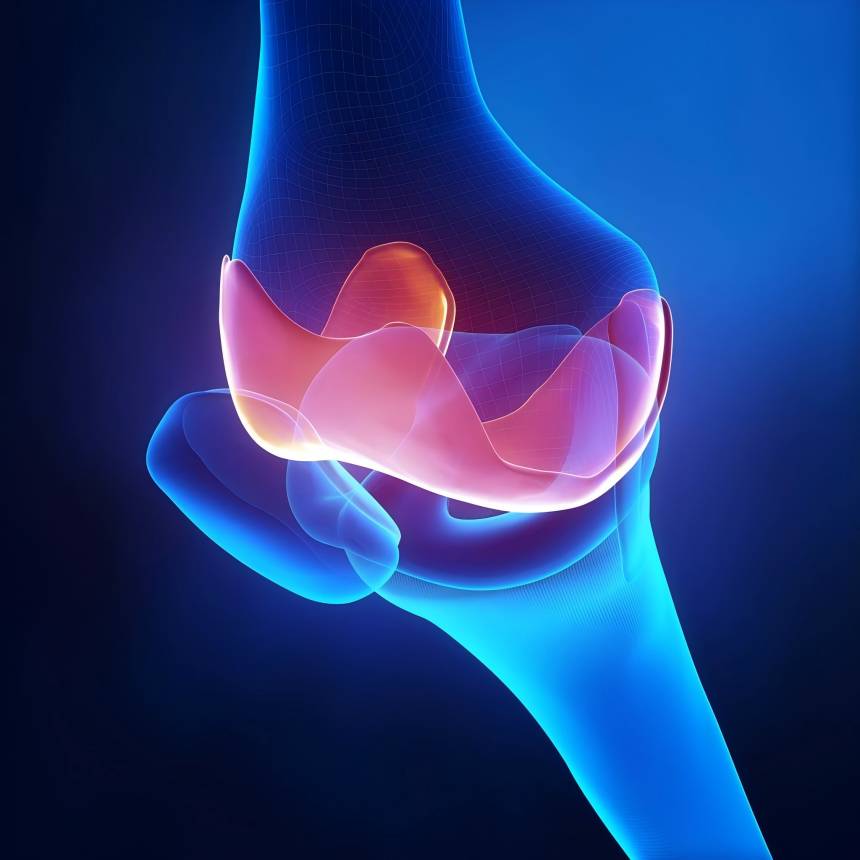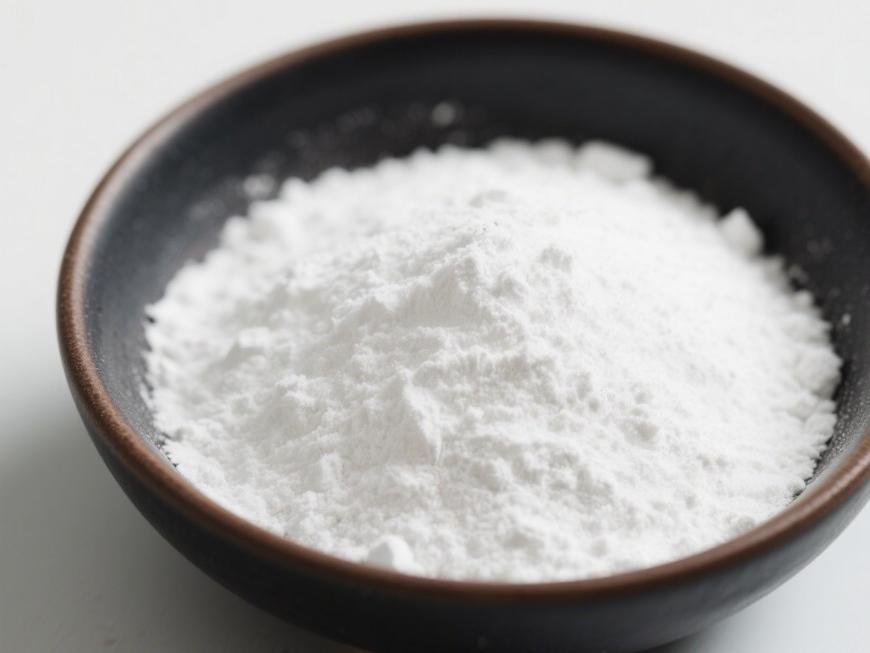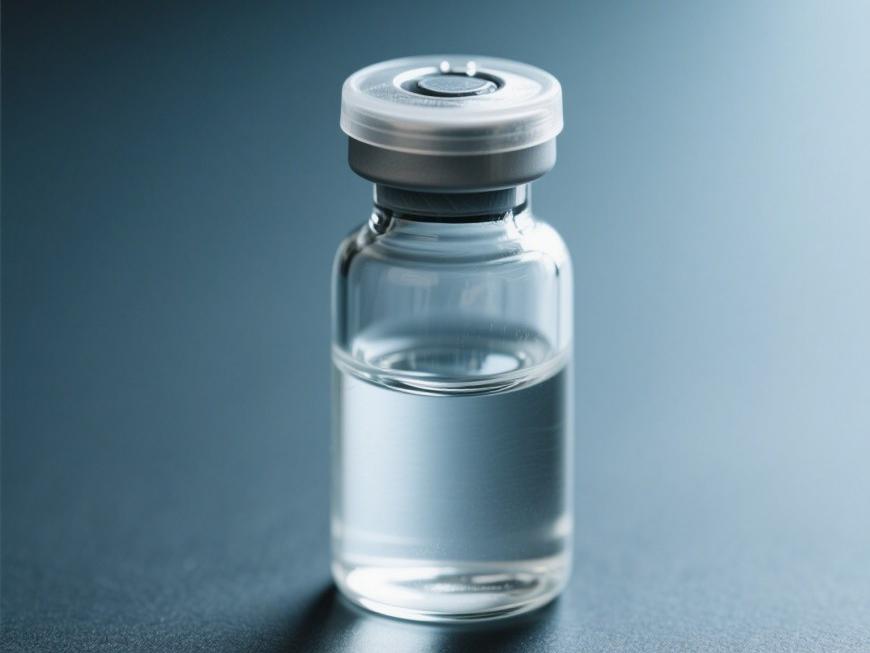From Skincare to Food: Diverse Applications of Hyaluronic Acid Powder Are Expanding
Acide hyaluronique is a naturally occurring high-molecular-weight polysaccharide composed of repeating disaccharide units of D-glucuronic acid Et en plusN-acetylglucosamine. Its molecular weight spans a broad range, allowing flexible selectiSur leto suit diverse applicationrequirements Et en plusadapt to diversproduct development scenarios.
Owing to its exceptional moisturising properties, hyaluronic acid powder has become a highly favoured natural ingredient across cosmetics, food, Et en pluspharmaceutical sectors. Particularly following its approval as a novel food ingredient in China, hyaluronic acid is now encountering fresh opportunities within dietary supplements and functional foods.
En tant que hyaluronic acid supplier, Printemps vert Technology offers high-purity products across multiple molecular weight specifications. These exhibit excellent stability and formulation compatibility, meeting development requirements for various dosage forms including capsules, tablets, beverages, and powders. We are committed to providing clients with safe, compliant, and efficient raw material solutions, empowering enterprises to enhance product competitiveness and accelerate the market launch of innovative products.
1 Hyaluronic Acid: Multi-moléculaireWeight Options to Meet Diverse Application Needs
Hyaluronic Acid (HA), also known as hyaluronan, is a naturally occurring high-molecular-weight polysaccharide. It appears as a white, amorphous solid and is soluble in water. Its aqueous solution exhibits unique rheological properties, demonstrating excellent viscoelasticity and stability.
Acide hyaluronique powders of differing molecular weights exhibit distinct physicochemical properties. High-molecular-weight products possess higher viscosity and greater structural stability, while low-molecular-weight variants offer superior solubility and fluidity, making them suitable for a broader range of applications. By adjusting concentration and molecular weight, hyaluronic acid solutions can achieve varied viscoelastic properties to meet diverse application requirements.
2. Development of Hyaluronic Acid Applications in the Food Sector
Within the international food market, hyaluronic acid applications are increasingly diversified. The Japanese market extensively employs it in various everyday and health foods, including beverages, soft candies, jams, and other daily consumer products. The américainmarket predominantly utilizes hyaluronic acid as a dietary supplement, commonly in capsule, oral liquid, and powdered form.
In recent years, China has progressively expanded hyaluronic acid within the food sector. Currently, health foods utilising sodium hyaluronate as a primary ingredient have developed multiple product types, including canned bird's nest. With the continuous refinement of relevant regulations and policies, the range of domestic hyaluronic acid food products is steadily expanding, offering consumers greater diversity in choice.
2.1. - Applications in Cosmetics and Daily Care Products
Hyaluronic acid, as a natural moisturising component, is widely present in human and other biological tissues. Within the cosmetics industry, it serves extensively as a humectant, thickener, and emulsifier, now featured in nearly all cosmetic formulations.
Owing to its excellent film-forming and lubricating properties, hyaluronic acid forms a hydrating film on the skin's surface, enhancing texture and aiding the delivery of active ingredients. Its favourable biocompatibility and mild nature also make it an ideal ingredient for numerous daily chemical products. Furthermore, in oral care products such as toothpaste, hyaluronic acid is gaining attention for its moisturising and soothing properties.
With ongoing research and development, the application De hyaluronicacid in daily chemical products continues to expand. Green Spring Technology is committed to providing cosmetics and daily chemical enterprises with high-purity, multi-molecular weight specifications of hyaluronic acid raw materials solution, assisting clients in developing safer and more effective end products.
2.2. - Applications of Hyaluronic Acid in Medical-Related Fields
As a natural biopolymer, hyaluronic acid powder possesses excellent biocompatibility and unique rheological properties, finding extensive application across multiple medical domains. In orthopaedics and ophthalmology, it serves as a vital medical material for joint care and chirurgicaleassistance. Furthermore, within medical aesthetics, hyaluronic acid is frequently utilised for subcutaneous fillers to support facial tissue contouring and maintenance.
Advancements in materials science enable further enhancement of hyaluronic acid's stability and applicability through modifications such as La mise en relationand esterification, allowing it to withstand more complex usage environments. In January 2021, China approved sodium hyaluronate as a novel food ingredient for use in general food products, marking a new phase in its application within the food sector. Currently, oral hyaluronic acid products are gaining market attention due to their convenience and high acceptance.
Green Spring Technology specialises in supplying medical-grade and high-purity hyaluronic acid powder. Our product range encompasses various molecular weights and modified types, catering to diverse development needs across pharmaceuticals, medical aesthetics, and functional foods. We are committed to collaborating with clients to advance innovation and the application of hyaluronic acid in increasingly diverse scenarios.

Green Spring Technology employs advanced microbial fermentation processes to produce high-quality hyaluronic acid powder, characterised by high purity, broad molecular weight distribution, and excellent batch-to-batch consistency. Our materials encompass pharmaceutical-grade, cosmetic-grade, and food-grade specifications, suitable for developing diverse products including medical devices, aesthetic fillers, functional skincare, oral solutions, and solid beverages.
Selecting Green Spring Technology's hyaluronic acid powder enables clients to enhance the quality and stability of their end products, accelerate new product launches, and benefit from comprehensive regulatory compliance support. We provide bespoke technical solutions and end-to-end tracking services, empowering clients to create more market-competitive innovative products.
Welcome to contact Green Spring Technology at helen@greenspringbio.com or WhatsApp: +86 13649243917 to obtain complimentary samples, detailed product documentation, and the latest quotation information. Our specialist technical team stands ready to deliver tailored solutions, collaborating with you to expand the innovative applications of hyaluronic acid.
Référence:
[1]ZHANG K, JIAN J, ZHANG Z P. progrès de la recherche sur la structure, les propriétés, les modifications fication and application of hyaluronic Acide [J]. polymère Bulletin, 2015,9:217−226.
[2] [traduction] JEON O, SONG S J, LEE K, et al. Propriétés mécaniques et Comportement de dégradation des hydrogels d’acide hyaluronique récroisés à various cross-linking Densités [J]. glucides Polymères,2007, 70(3):251−257.
[3] [traduction] KOGAN, G., lcpe, L., STERN, R., et al. Acide hyaluronique: biopolymère naturel ayant une large gamme d’applications biomédicales et industrielles [J]. Biotechnology Letters,2006,29(1):17−25.
[4] [traduction] COWMAN M K, LEE HG, SCHWERTFEGERK L, et al. Le contenu et la taille de l’hyaluronan dans biologique Fluides et tissus [J]. Frontiers in Immunology,2015(6):261.
[5] hlav
[6] [traduction] MAREK P, ma
[7] [traduction] VOIGT J, VICKIE R. Hyaluronic Dérivés acides et leur guérison effet on Brûlures, épithélial surgical Plaies, and Plaies chroniques: revue systématique et méta-analyse d’essais contrôlés randomisés [J]. Wound Repair and Regeneration,2012,20(3):317− 331.
[8] [traduction] HOTAMISLIGILG S. Inflammation, métaflammation et troubles miométaboliques [J]. Nature,2017,542(7640):177−185.
[9] [traduction] KOJOUHAROV H V, TREJO I, CHEN B M. Modélisation des effets de l’inflammation dans la guérison des fractures osseuses [C]// American Institution - tute De la physique Conférence de presse Série. American Institut de recherche De la série de conférences de physique, 2017.
[10] [traduction] GRISHMA S P, ROHAN B, CHARLES D E. numérique In - enquête Du laminage des leucocytes, adhérence Et bond Formation des formateurs Sur surface revêtue d’une densité de p-selectin variable [J]. Cell Press, 2019, 116(3): 18.
[11] [traduction] Lan⊋ N X, LI D Q, st
[12] [en] JOHN CH W Y, ABATANGELO G. fonctions de hyaluron- Une réparation des plaies [J]. Wound Repair and Regeneration,1999,7(2): 79−89.
[13] [en] HUI E, GIMENO K I, GUAN G, et al. spatiotemporel Contrôle de la viscoélasticité dans des hydrogels d’acide hyaluronique photoréglables [J]. Biomacromolecules,2019,20(11):4126−4134.
-
Précédent précédent
Green Spring Technology's Premium Hyaluronic Acid Enhances Health Product Solutions
-
Suivant:
Exploring Hyaluronic Acid Upgrades for Eye Health Product Solutions


 Anglais
Anglais français
français espagnol
espagnol russe
russe coréen
coréen japonais
japonais





